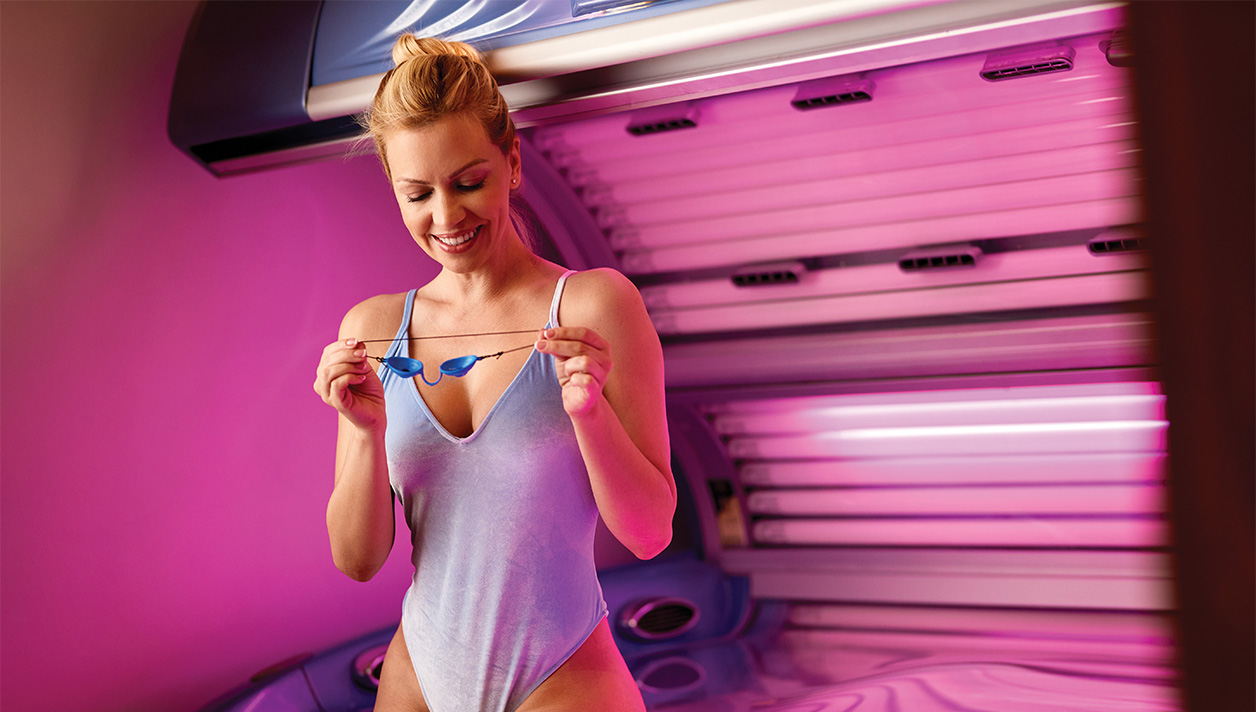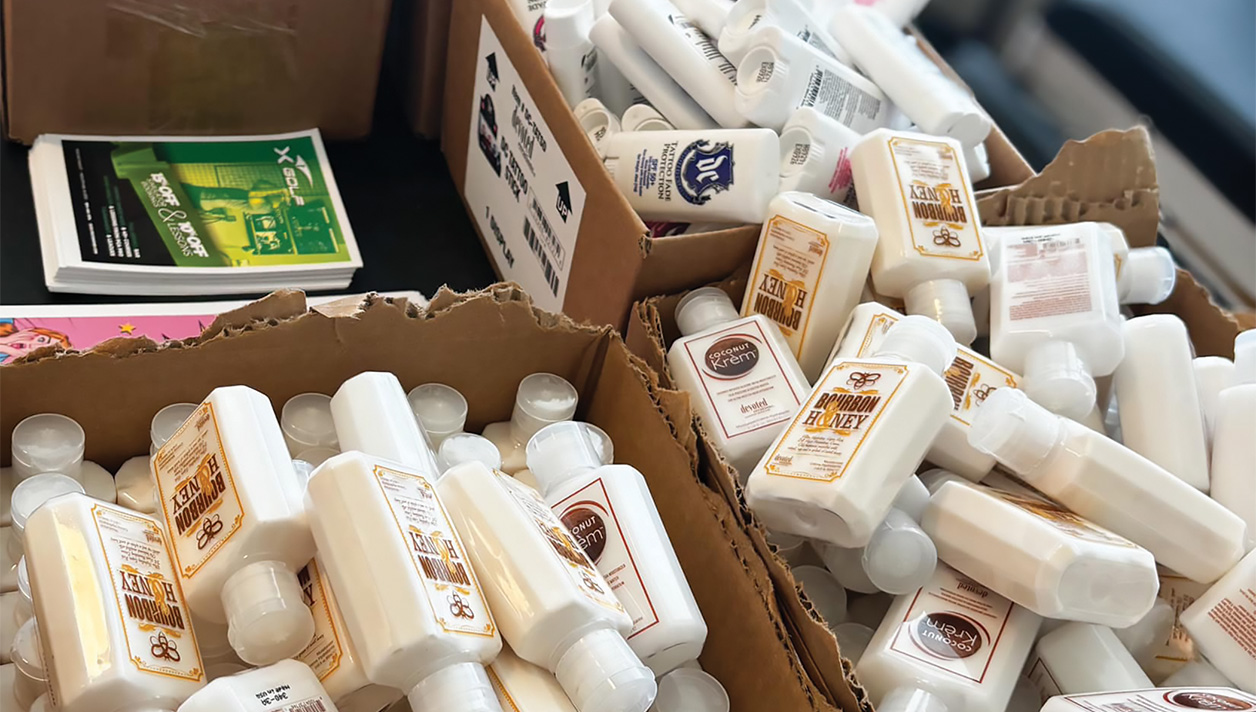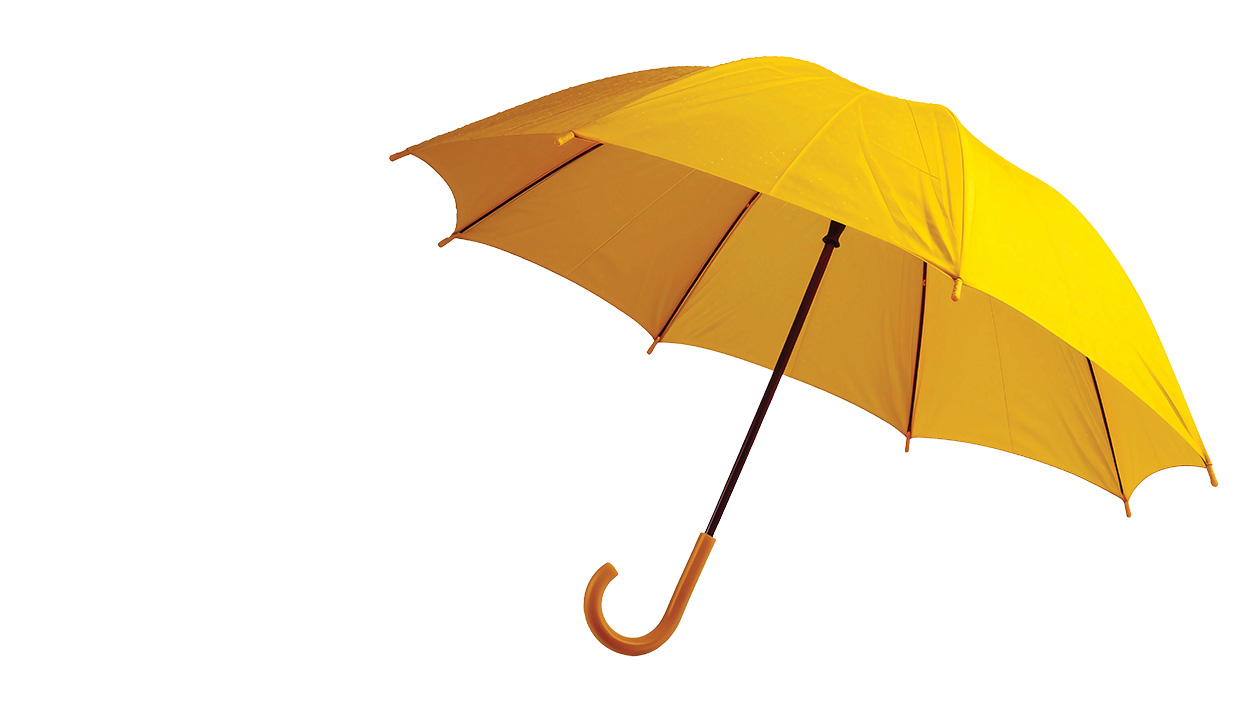It’s a question I have heard from salon owners all over North America from tanners not aware of the possibilities of having a reaction to photosensitizing solutions and medications. Some foods, over-the-counter drugs and prescription medications may increase sensitivity to UV rays. Individuals with this increased sensitivity to UV, called photosensitivity, are at risk for reactions like hives, itchy rashes, and even serious burns.
The advent of the upcoming prime season for indoor tanning typically coincides with cold and flu season. Quite a few medications are linked to photosensitivity in conjunction with UV exposure from sunbeds and booths or sunlight. These reactions can even occur with exposure to indirect sunlight from reflections off snow or water. Over the years, indoor tanning operator training classes provided a list of photosensitizing medications to salon owners to share with their tanners. Even today, many state regulatory agencies require salons to post such a list.
The following is a partial listing of common medication categories, which could make skin sensitive to UV rays.
If a salon guest acknowledges that they are taking ANY medication, advise them to consult their pharmacist or doctor prior to UV exposure – even a minimum dose.
- Contraceptives
- Diurectics
- Hypoglycemic Sulfonylureas
- NSAIDs (Non-Steroidal Anti-Inflammatory Drugs)
- Phenothiazines
- Psoralens
- Sunscreen Ace Inhibitors
- Antidepressants
- Antihistamines
- Antimicrobials
- Antiparasitics
- Antipsychotics
- Cancer Chemotheraphy
- Cardiovasculars
Why is this just a partial list? As new medications are available to the public, the reality is that this list will change. A list could become outdated the day it’s printed. Therefore, the best practice is to make sure that your tanners who have any known medical condition(s), or are currently taking any medication(s), consult their physician before using ultraviolet tanning equipment.
Other factors
People who tan too often or increase exposure time too soon can experience rapid moisture loss in their skin, which can cause itching. Sometimes, itching may result from depletion of melanin. This may happen when the body does not have enough melanin in the second layer of skin. Lotions such as “tingle type” products may be a factor, particularly in fair-skinned people, due to the active ingredients in the product that stimulate the skin’s microcirculation.
In addition, perfumes, some laundry detergents, citrus fruits, colognes, soaps and other cosmetics may tend to irritate skin exposed to UV light and cause itching. Tanners may also experience itching at the beginning of the tanning process; it usually occurs in areas where blood flow to the skin is restricted, and possibly where elastic undergarments are worn. If the itching is localized in certain areas, like the chest or buttocks, suggest that the tanner cover those areas during sessions until the itching subsides. Recommend gradual re-exposure of these areas. If the tanning system’s lamps were recently changed, the strength of these new lamps may induce a photosensitized response. Suggest reducing exposure times until the itching subsides.
So, what do you tell a tanner who still complains of post-session itching? Let’s say you’ve reviewed all of the above and none of your answers provide the solution. In many cases, it may be the acrylic cleaner! So, make sure the acrylic surface is completely wiped clean and dry after each session with all cleaner residue removed. You may also suggest that the tanner use a paper towel moistened with clear water to re-wipe the bed before their session.
The biggest “take-away” from this should be that if any of your guests indicate that they are on a medication, they should consult their doctor prior to tanning and a note made on their profile indicating as such.
But, perhaps one of the more difficult conversations that you may have with a salon guest is about tanning and alcohol consumption. Drinking alcohol prior to an indoor tanning session may cause a photosensitive reaction in some people, and the risk of possible overexposure and sunburn is increased. It’s best to explain this risk to a salon guest who is obviously “under the influence” and suggest (diplomatically) that they return to the salon the next day; possibly offer an incentive such as a free upgrade session.
Remember: “For those who weigh the risks and benefits of controlled UV exposure, indoor tanning provides a controlled method to obtain a cosmetic tan with sessions delivered according to individual skin type and a timer system that minimizes the risk of overexposure and sunburn.”




























